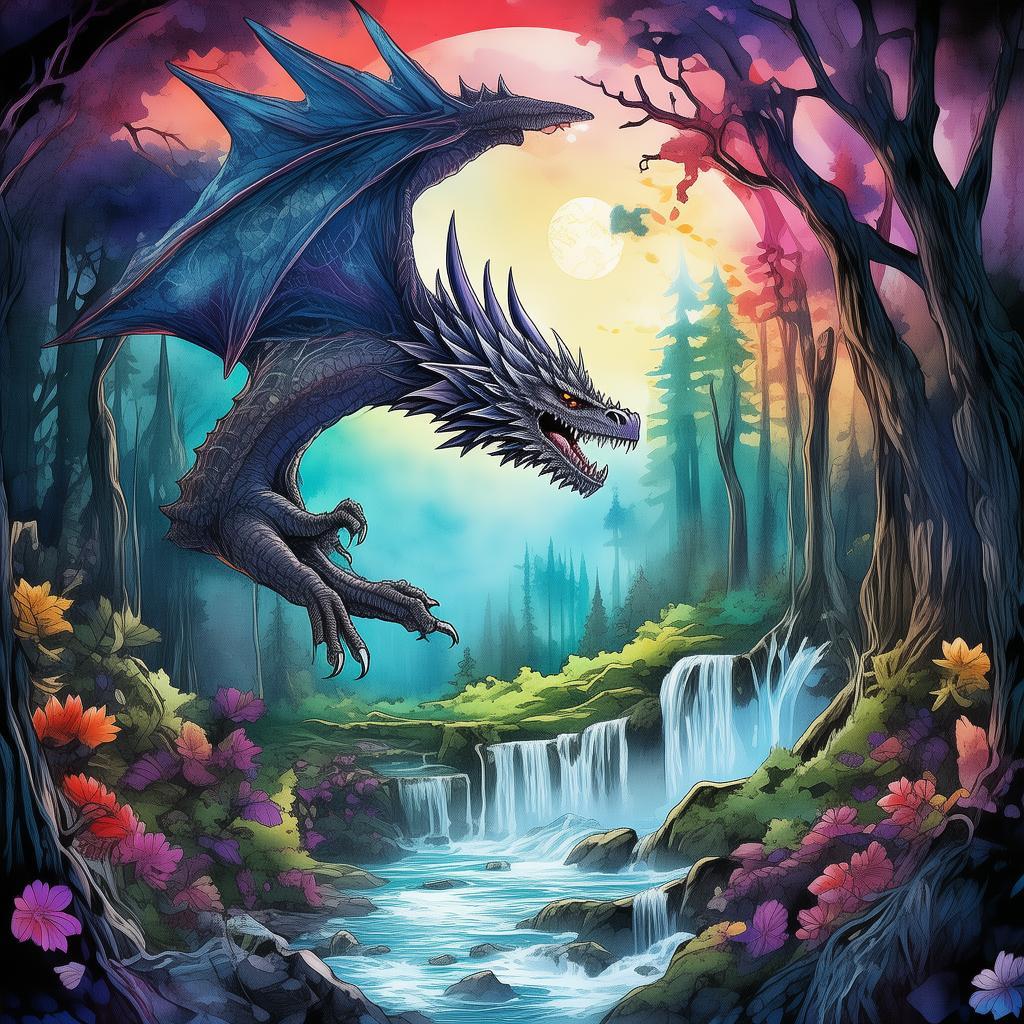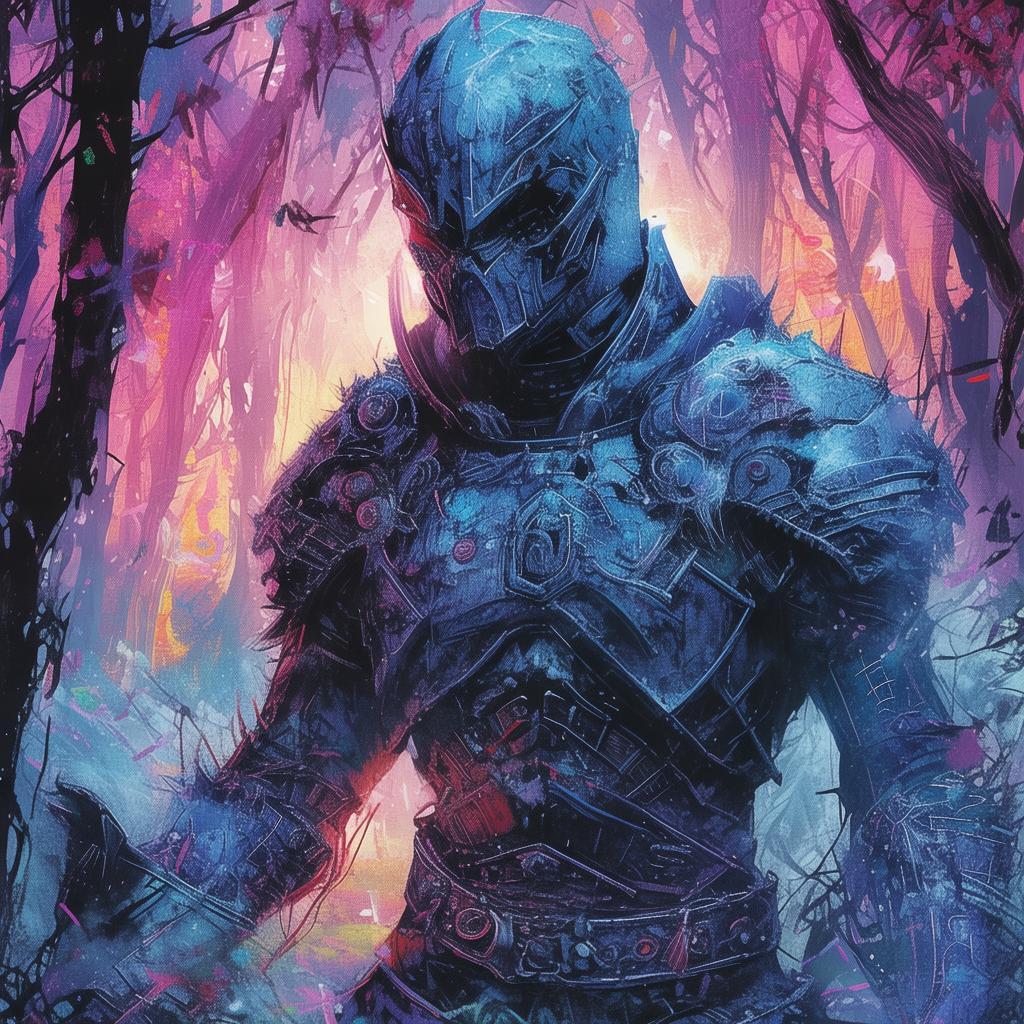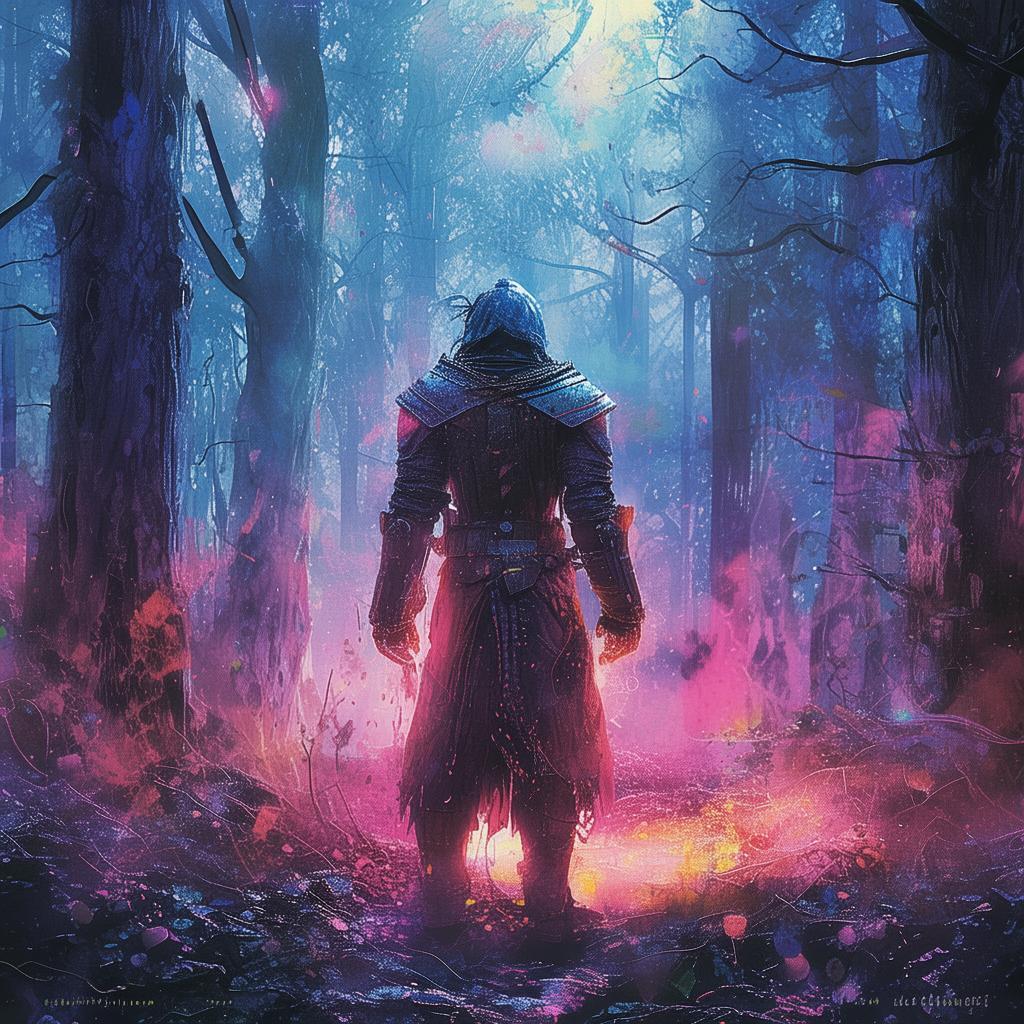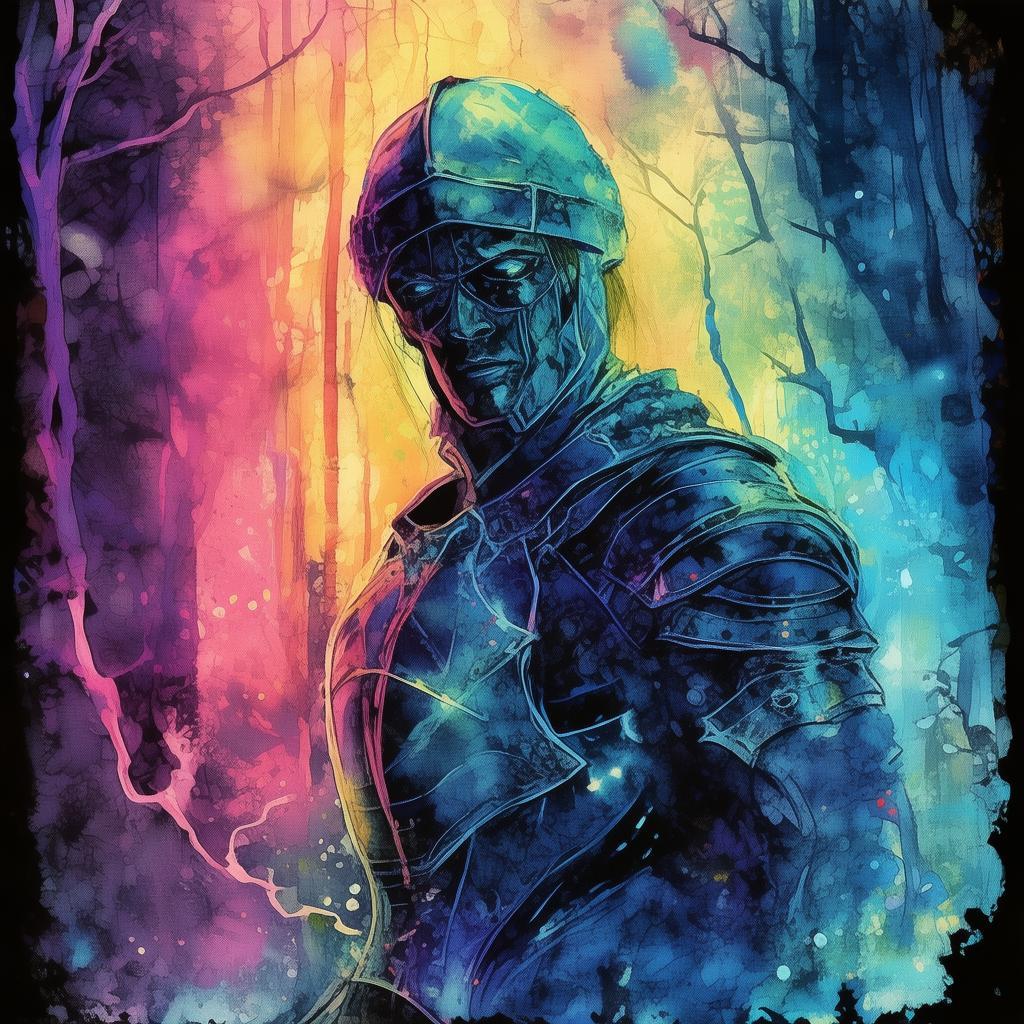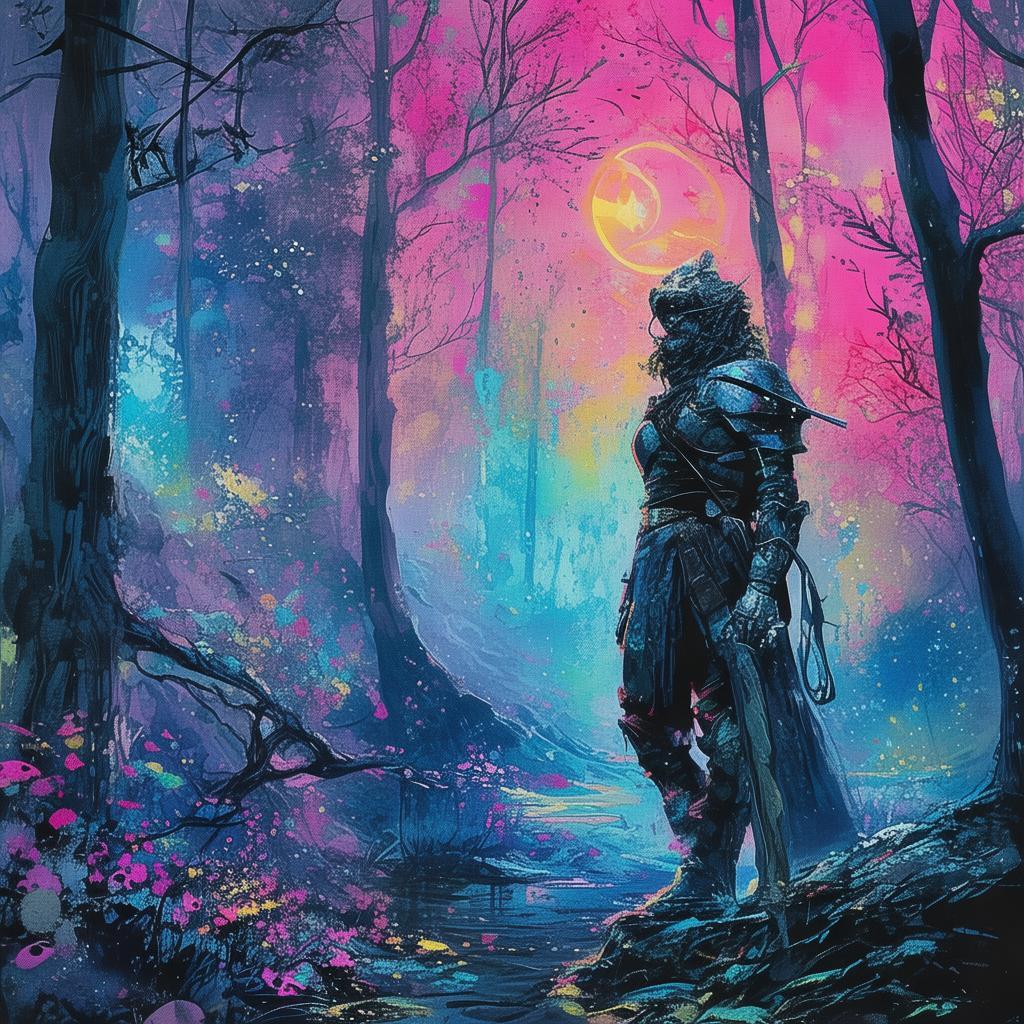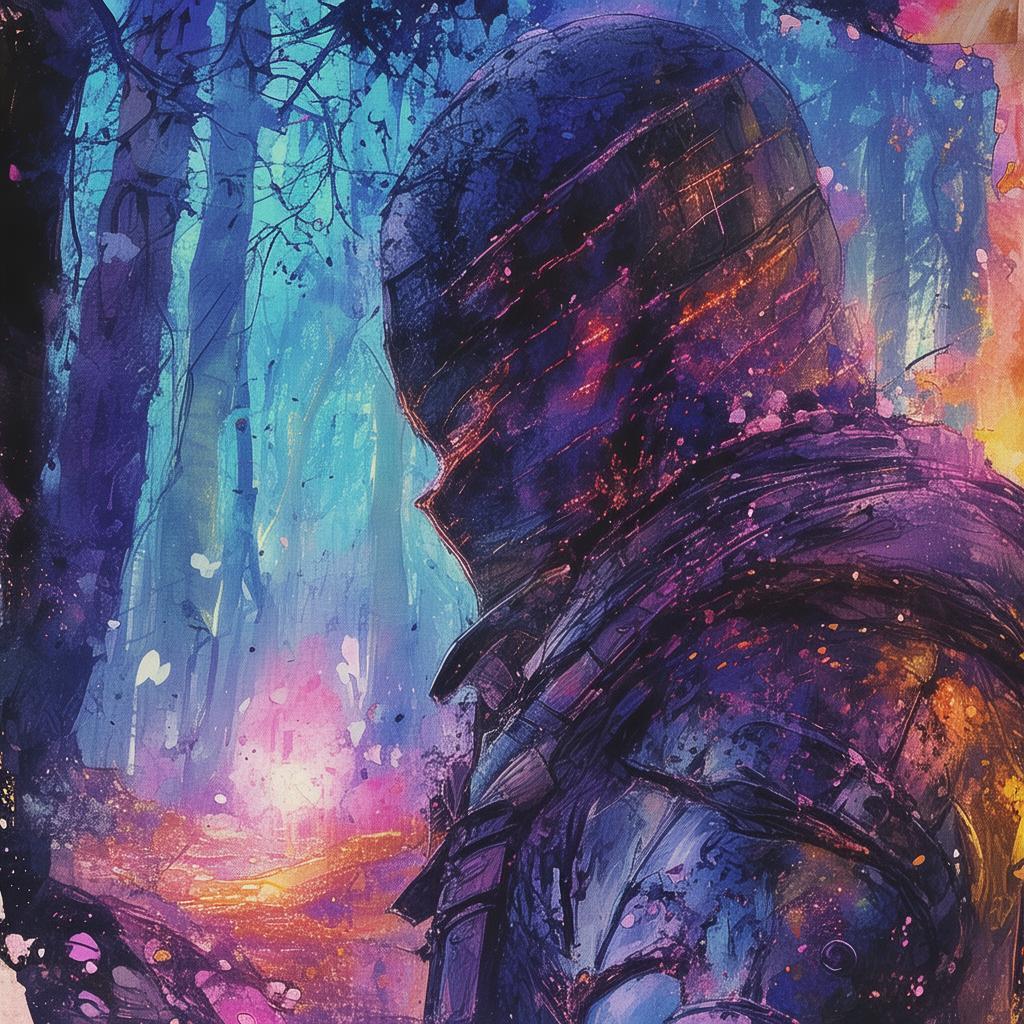The Dragon's Dance: Echoes of the Ancient Hubei
In the verdant province of Hubei, where the Yangtze River meanders through lush landscapes, there lay a village shrouded in the mists of time. It was here, amidst the rolling hills and terraced rice fields, that the Dragon's Dance had been performed for centuries, a ritual to ensure the village's prosperity and protection. The story of the Dragon's Dance was a tapestry woven from the threads of local folklore, a myth that spoke of a time when the gods walked the earth and the balance of nature was a delicate dance.
The village elder, a man named Liang, was the keeper of the ancient secret. His eyes held the wisdom of the ages, and his voice carried the echo of the dragon's roar. He would tell the tale of the Dragon's Dance, a story of a great dragon who took up residence in the sacred mountain, a guardian of the land and its people.
In the modern age, the village had changed. The once-sacred mountain was now a tourist attraction, and the villagers, like many in China, were torn between tradition and the allure of modernity. Young people left for the cities in search of better opportunities, and the ancient ritual seemed to be a fading memory, a ghost of a bygone era.
But in the heart of the village, there was a girl named Mei, whose spirit was as vibrant as the dragon that once roamed the mountains. Mei had grown up listening to Liang's tales, and she felt a deep connection to the myth. She saw the Dragon's Dance not as a relic of the past, but as a living tradition that could bridge the gap between ancient wisdom and modern life.
One year, as the rice was about to be harvested, Mei decided to revive the Dragon's Dance. She gathered the villagers, young and old, and shared Liang's stories with them. The village awoke to the call of the dragon, and the preparations began. The villagers worked tirelessly, crafting the dragon's scales from bamboo and paper, painting it with vibrant colors that mirrored the hues of the autumn leaves.
As the day of the dance approached, the village buzzed with excitement and a touch of nervousness. Mei, who had taken on the role of the dragon's spirit, felt the weight of her responsibility. She knew that the dance was not just a celebration; it was a ritual that would determine the village's future.
The day of the dance arrived, and the village was filled with a sense of unity and purpose. The dragon, a magnificent creature, was brought to the center of the village square. Mei stepped into its mouth, her face painted with the eyes of the dragon, her hair flowing like the scales. The villagers danced around the dragon, their movements synchronized with the rhythm of the drumbeats.
As the dance progressed, the villagers felt a shift in the air. The ancient ritual seemed to have reawakened the dragon's spirit, and it began to move, its scales shimmering in the sunlight. The villagers followed, their hearts pounding with a mix of fear and awe. The dragon's dance was not just a performance; it was a dialogue with the ancestors, a plea for the land's continued fertility and the village's safety.
Suddenly, the dragon stopped. Mei, still within its mouth, felt a presence. It was the ancient dragon, a wise being who had watched over the village for centuries. The dragon spoke through Mei, its voice a gentle rumble that resonated in the hearts of the villagers.
"The land is yours, and the people are your legacy. Continue the dance, and you will be guided," the dragon said.
The villagers listened, their eyes wide with wonder. They realized that the Dragon's Dance was more than a tradition; it was a bond between the past and the present, a reminder of the strength that comes from unity and respect for nature.

As the dance ended, the villagers felt a profound sense of connection. The young had returned to the village, inspired by Mei's passion for tradition. The elders smiled, knowing that the Dragon's Dance would continue for generations to come.
In the days that followed, the village flourished. The harvest was bountiful, and the land seemed to respond to the villagers' care and respect. The Dragon's Dance had become more than a myth; it was a living force, a reminder of the village's ancient roots and its bright future.
Mei stood in the center of the village, looking up at the dragon that had once been her ancestor's guardian. She knew that the dance was not just a ritual; it was a testament to the resilience of the human spirit, a story that would be told for generations to come.
The Dragon's Dance had come alive in the modern age, a symbol of tradition, resilience, and the enduring connection between the past and the future.
✨ Original Statement ✨
All articles published on this website (including but not limited to text, images, videos, and other content) are original or authorized for reposting and are protected by relevant laws. Without the explicit written permission of this website, no individual or organization may copy, modify, repost, or use the content for commercial purposes.
If you need to quote or cooperate, please contact this site for authorization. We reserve the right to pursue legal responsibility for any unauthorized use.
Hereby declared.

